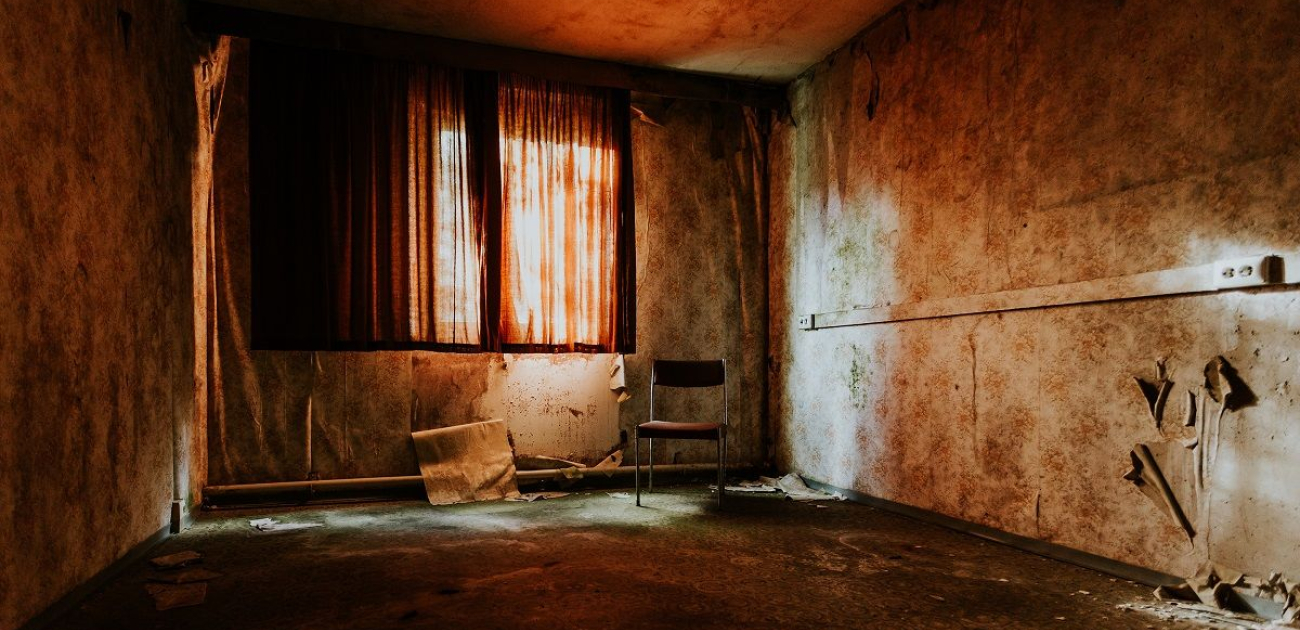Fitness for Habitation: A Short Guide
On 20 December 2018 the Homes (Fitness for Human Habitation) Act 2018 (“the 2018 Act”) was given royal assent and on 20 March 2019 it came into force. The 2018 Act amends the Landlord and Tenant Act 1985 (“the 1985 Act”).
What does it do?
The 2018 Act amends the current fitness for human habitation rules found in the 1985 Act, and implies into certain specific tenancy agreements a covenant by landlords that the dwelling:
- is fit for human habitation at the time the lease is granted or otherwise created or, if later, at the beginning of the term of the lease; and
- will remain fit for human habitation during the term of the lease.
Essentially, fit for human habitation means that a dwelling must be safe, healthy and free from things that could cause serious harm to a tenant.
Accordingly, landlords, and letting agents acting on their behalf, will now be required by law to ensure that a rented home is fit for human habitation from the beginning and throughout the duration of the tenancy. This obligation cannot be avoided or contracted out of by the landlords.
The obligations extend to the dwelling and, if the dwelling is part of a building (block of flats or bedsit in an HMO), the provisions apply to all parts of the building in which the landlord has an estate or interest.
What tenancies does the 2018 Act apply to?
The 2018 Act applies to tenants in England who rent privately, from a housing association or from their local council. The 2018 Act will not apply to any long leases but it does apply to all tenancies that are for a period of less than seven years and granted on or after 20 March 2019; new secure, assured and introductory tenancies granted on or after 20 March 2019; tenancies renewed for a fixed term on or after 20 March 2019; and, all periodic tenancies from 20 March 2020, so long as those tenancies started before 20 March 2019.
Determining whether unfit for human habitation
In determining whether a house or dwelling is unfit for human habitation, the amended section 10 provides for an additional list of ‘Prescribed Hazards’ with reference to section 2 of the Housing Act 2004. This currently means the housing hazards identified in the Housing Health and Safety Rating System Guide (“the HHSRS Guide”).
The HHSRS Guide contains a prescribed list of 29 housing hazards that landlords must now consider and that tenants can now complain to a landlord about, along with further guidance about the best way for landlords to deal with hazards identified by them and/or notified to them by tenants. If a hazard is a serious and immediate risk to a tenant’s health and safety, it is known as a Category 1 hazard. If a hazard is less serious or urgent, this is known as a Category 2 hazard. The new Act encompasses both Category 1 and Category 2 hazards.
Therefore, in deciding whether a property is unfit, regard should be given to the old section 8 list of factors, but also to whether there is risk to the health and safety of the occupiers under the HHSRS Guide.
Landlord’s liability
In the past, a landlord’s main obligations for repair of a rented property were set out in section 11 of the Housing Act 1985. This made it clear that landlords were only liable for things which are in ‘disrepair’ i.e. damaged or broken, which meant that landlords would be liable, for example, if the boiler was broken. But, if there was no heating in the rented property at all, section 11 would not be helpful as nothing would be in disrepair. However, and now under the 2018 Act, in similar circumstances landlords could be challenged by tenants of a property with no heating by reference to the prescribed hazard of excess cold.
Also, before the 2018 Act came into force, landlords would only be vulnerable to enforcement by the local authority if it was found that a rented property had a ‘Category 1’ hazard under the HHSRS Guide. Local authorities often failed to take any action or even inspect the property, and in such situations there was nothing tenants could really do about this. However, and under the 2018 Act, tenants can now take steps to enforce breaches of the HHSRS Guide by landlords themselves.
Comment
It is no longer acceptable for landlords only to act when tenants make a complaint. By virtue of the 2018 Act, a landlord’s rented property needs to be fit from the date that a tenant moves in (assuming this is after 20 March 2019).
The 2018 Act is part of the government’s overall drive to give tenants a meaningful remedy when their landlords fail to maintain acceptable standards in rented properties and serves to provide greater protection to tenants generally.
Do you want more information?
 Lee Stafford
Lee StaffordLee qualified as a solicitor in October 2002. Prior to joining Bishop & Sewell, he was Partner at Rosling King LLP, a Senior Associate at SGH Martineau LLP and most recently a Partner and Head of the Dispute Resolution Department at Fisher Meredith LLP.
